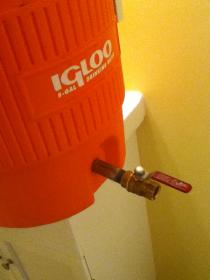502Brew
Active Member
I'm still relatively new to homebrewing (this will be batch 5) and I recently discovered this awesome smash idea. I couldn't find any solid recipe on here, so estimating from other recipes I plan to use:
10-15lbs Vienna malt
3-4oz Cascade pellets
How's this rough recipe sound? I plan on using the continuous hopping technique from Yoopers dfh 60 min clone.
10-15lbs Vienna malt
3-4oz Cascade pellets
How's this rough recipe sound? I plan on using the continuous hopping technique from Yoopers dfh 60 min clone.





